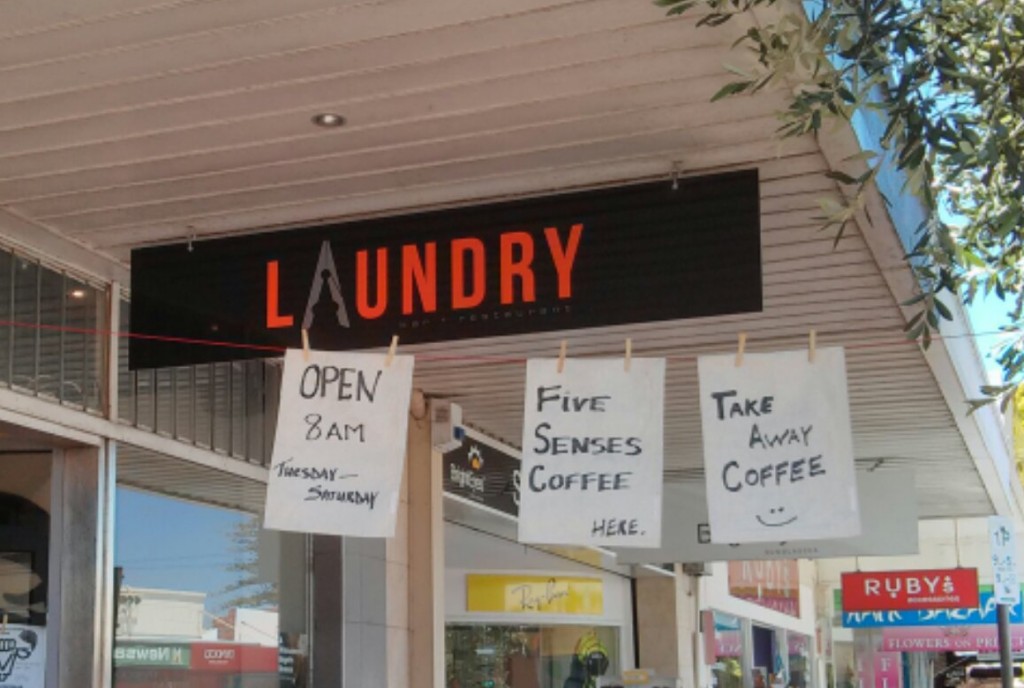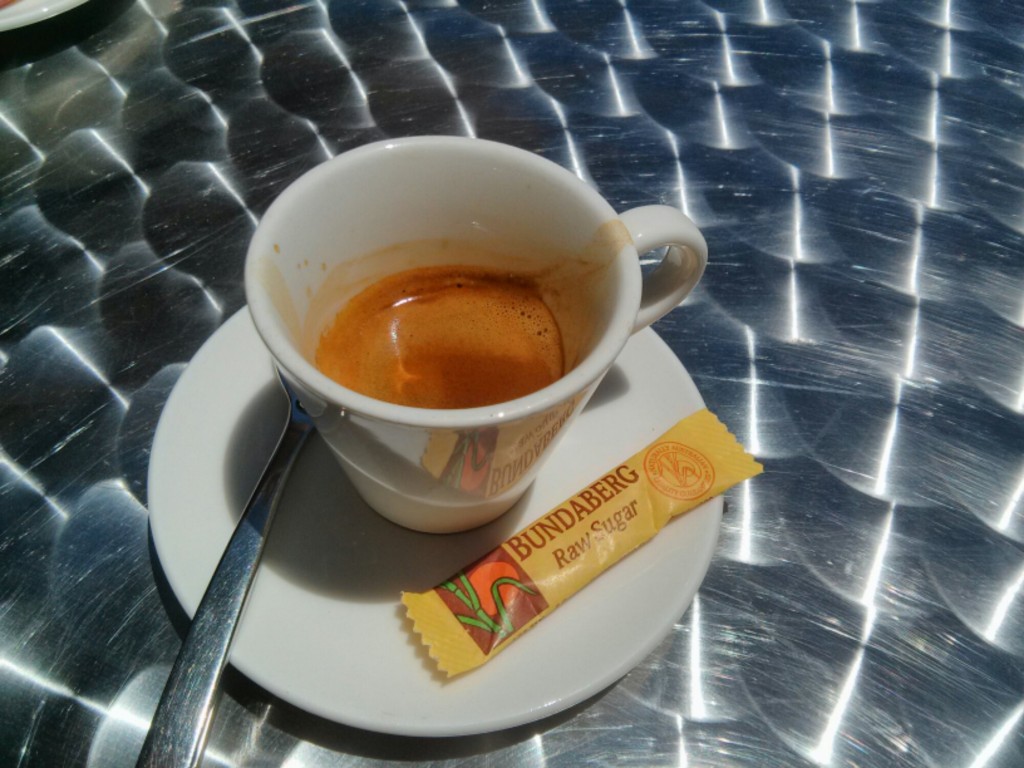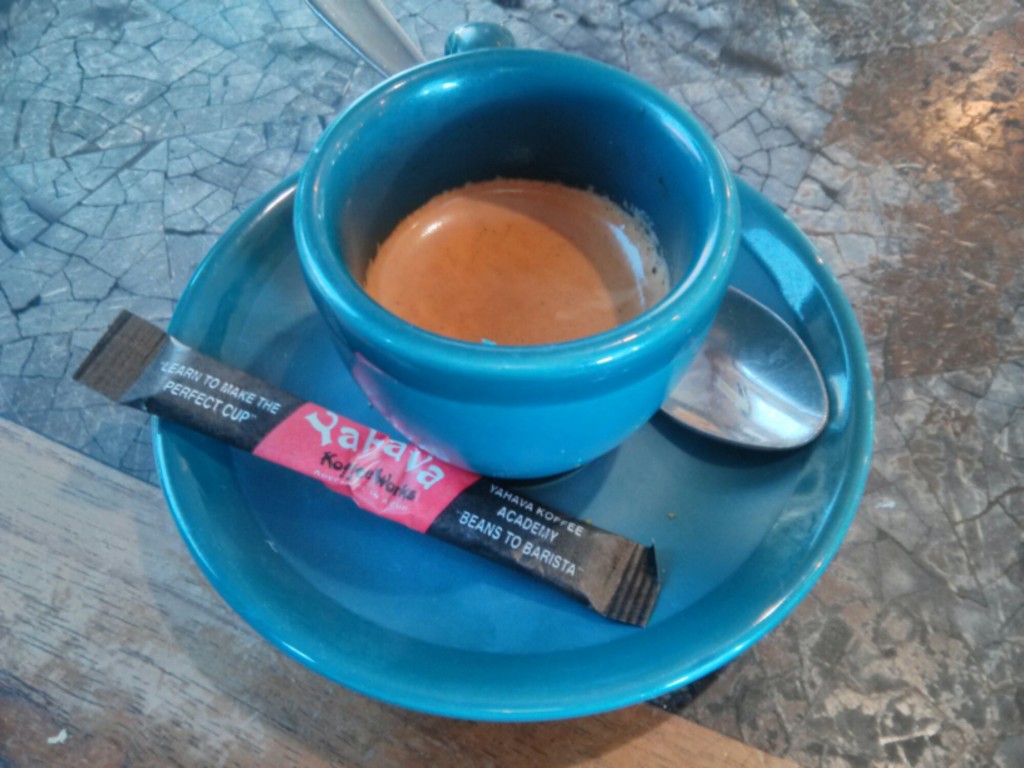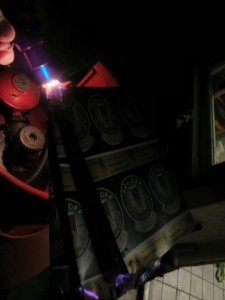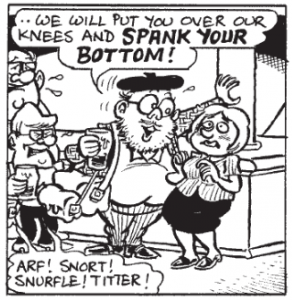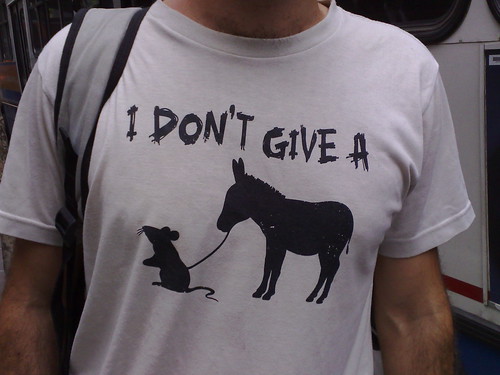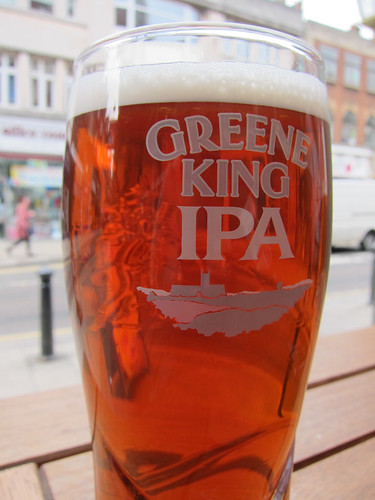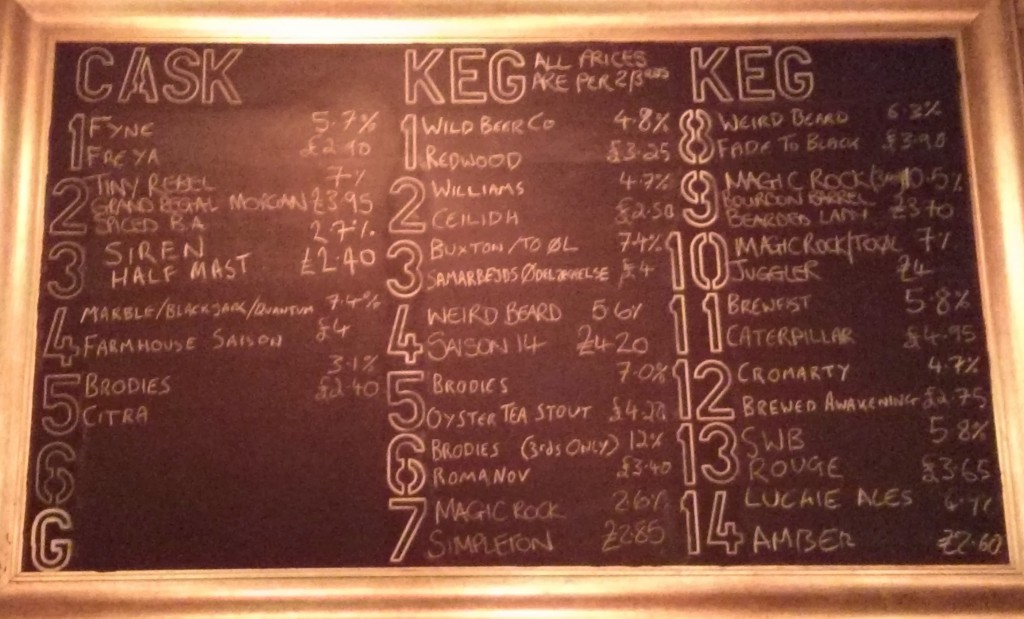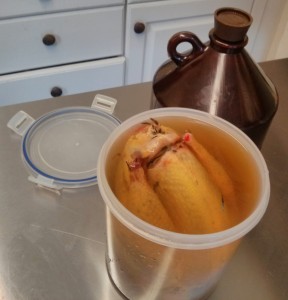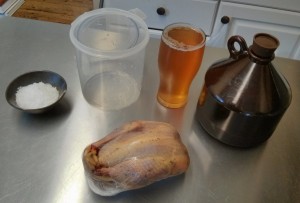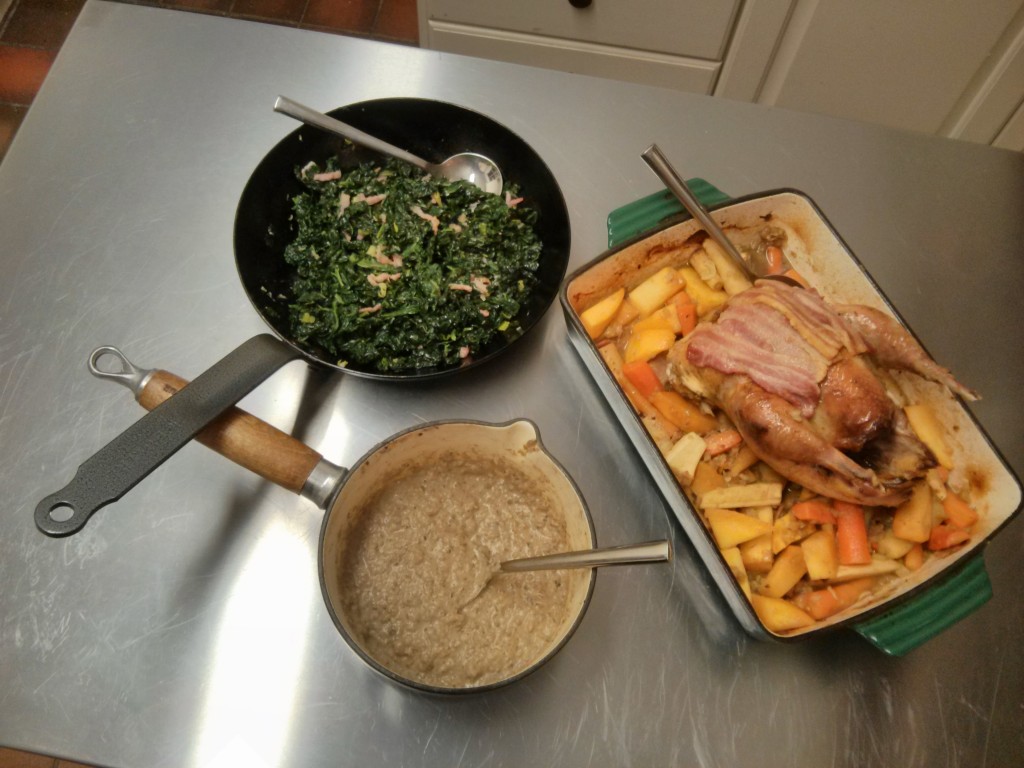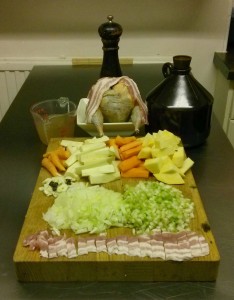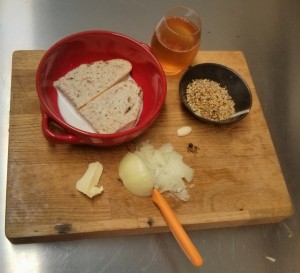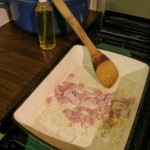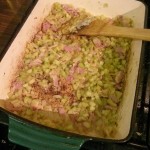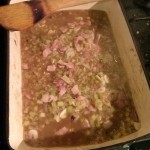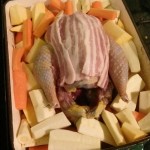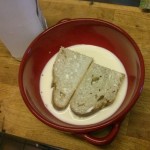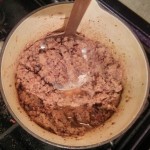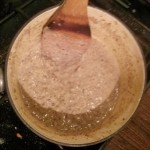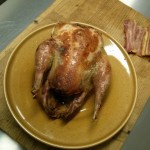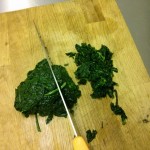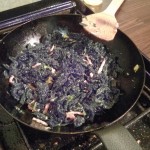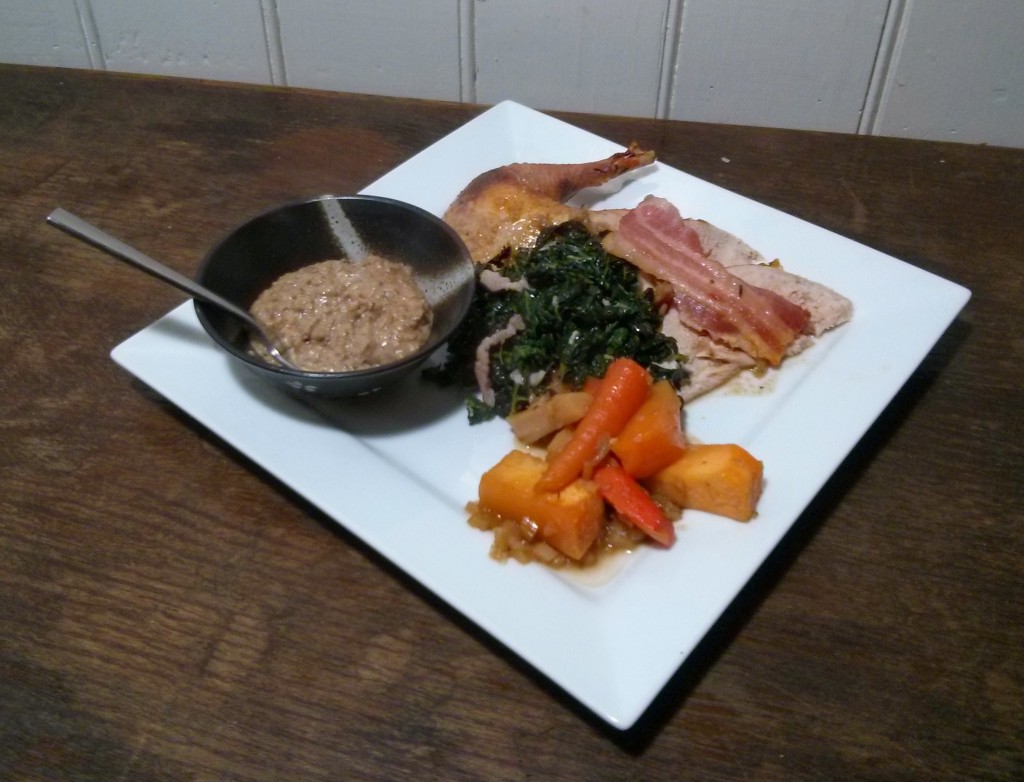Alongside beer and food another major love of mine is good coffee, in fact my love of coffee predates my serious interest in beer. There are similarities between coffee and beer – a whole chain of craft is involved: high quality well grown and sourced ingredients, brewed/roasted with care and passion, then cared for and properly served at the point of sale. Very similar to British cask ale in fact.
When I visit “home”1 in Western Australia I’m keen to see how things have developed and changed since the last time. I’ll be doing some breweries soon… but first, I’ve ticked off the top three coffee locations in Busselton (“top” according to presence in various Google search results). I’ve thrown in WA’s “standard” coffee chain too… so, where’s espresso at in Busselton? I’ve written up my impression of my four espressos below, and also included, in brief, the opinions of Kat on espresso and my brother Nikolai on his flat whites. Read on for the caffeinated fun…
Fat Duck — cycles + espresso
Love the concept here. Bikes & coffee, all it needs is beer. I was here two years ago and thought: I should do this in Cambridge. But there’s already so many bike shops… anyway, there’s an Iron Man event in Busso this week so this place is probably doing good business. Glancing to the wall behind the bar I see loads of Crema Gourmet Coffee Roasters bags – so I expect that’s the source of the beans here.
The espresso is pleasant enough, but pretty trad(itional) – roastytoasty. The espresso was of a good short pour length, but despite that the body is relatively light and thin. I’m quite happy enough sipping it in the sun, but it isn’t calling to the special coffee place in my heart.
Flat White Niko: Better than most.
Espresso Kat: Very “dark” flavours, prefer lighter roasts.
It cost AU$11.20 to buy 1 x flat white and 2 x espresso.
Dôme — WA’s own “premium” chain
Across the road from Fat Duck we have a branch of Western Australia’s own coffee chain. I remember going to Dôme on Rottnest Island a lot in years past, watching the ferries come into the pier. Good memories, but the coffee… expectation: average.
They use their own Dôme house blend of course. The espresso here has a good length pour with dark markings on the crema. First flavour hit is good old “burnt rubber” from the crema, but this mellows to a rich bitter dark chocolate. It’s OK and punchier than the Fat Duck offering. So I’m reluctantly siding with the chain joint on the espresso front at this point.
Flat White Niko: “just like any other flat white”. Average. Perfectly drinkable. Fat Duck flat white was smoother and better.
Espresso Kat: prefers Fat Duck. Found this a bit one-dimensional and “normal for Australia”.
It cost AU$£3.60 to buy one espresso.
Laundry 43 — super shiny new small bar
Not the most prominent in Google results but my mum recommended this new place and she has a good idea of what I’m looking for. The first thing we saw was a little flag hung out saying they use Five Senses coffee beans. A good sign: somebody cares about coffee here enough to proudly display the brand of their beans out the front of the shop.
The espresso here is rich & chocolaty with no “burnt rubber” note and a good acidity that sets it apart from the previous two. This is more my style – yum. Just a little too light bodied, I expect it could be beefier with some slight tuning to the extraction. By far the best espresso of the three sampled to this point.
Flat White Niko: Milk’s similar to Fat Duck but probably better – thicker. Less
flavour but very smooth without bitterness. More milky. Best so far, but not far from Fat Duck. Not hot enough though.
Espresso Kat: “most smoothest”, prefer it, less strong tasting. Most “modern”.
It cost AU$12 to buy 1 x flat white and 2 x espresso.
More — “used to be the hippy place”
My first reaction on seeing this place was to remember it used to be some sort of hippy/veggie place, waaay back. Now it’s an avant garde looking establishment reminiscent of what I recall starting to show up in Sydney before I left 7 years ago. On entering my first thought was: always good to see a dedicated barista looking after the coffee orders. On display in the café are bags of beans from local roaster Yahava, so I assume it’s their coffee in use.
The espresso looks good in snazzy blue demitasse. Flavour: super trad. This is probably the same as the blend Mum uses at her restaurant – I couldn’t even coax an espresso from it that I could drink. The More espresso isn’t bad though: barista skillz on display! But that said, it is not to my tastes. Much more like the first two, but even toastier. Loads of “burnt”. I probably prefer Dôme over this.
Flat White Niko: much like the Laundry one but hotter. Hard to compare flavour because it’s also just not very strong. Milk thinner. Tastes thin. OK – maybe less like the last one than initially thought. On the fourth flat white taste buds are a bit blown.
Espresso Kat: somewhere between Laundry and Dôme. Not much body to it, bitterness notable.
Nice touch: you can buy hessian bags made from coffee sacks. :)
Summing Up
Laundry 43 is way out in front here for me. My tastes in coffee are well beyond the traditional and their Five Senses beans are ticking my boxes. Less of the toasty roasty and a bit of sweetness and acid bite. Lovely. I think the espresso trend here is still firmly tied to the traditional end of the scale and the coffees I tried today wouldn’t be out of place in Italy. They were all pretty good, and the three “losers” lose out more as a matter of taste than technique.
Coffee around here is still on the up – great to see there’s at least one place that can tickle my espresso fancies but an edge still seems to be missing. I’d love to see some pour-over options too and a bit of single-origin geekery in that department.
[1] Home being wherever my parents are living really. I grew up in a town called Dunsborough, but “home” is currently 30 minutes from there in the larger town of Busselton. Really when I say “home” I mean everything from Busselton through to Margaret River – inclusive. But for the purposes of this post Busselton it is.






